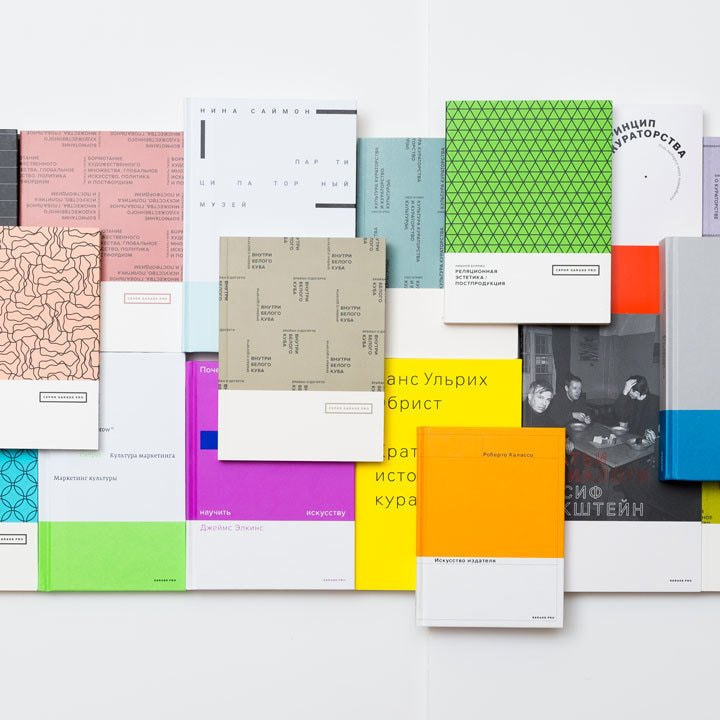Garage Library launches a series of seminars led by curator Maria Kalinina. Participants are invited to read and discuss books on contemporary curating, published as a part of the GARAGE PRO series, to trace the history of post-war art in the light of new exhibition practices.
The history of contemporary art may not only be learned through the works of great artists, but also through exhibition practices and individual events that deliver those works to the public. The second half of the twentieth century in art was marked by emergence of the curator as a professional occupation, with dozens of books and publications written on its history and philosophy. Since 2015, new editions of the GARAGE PRO series, released as part of the collaborative publishing program between Garage and Ad Marginem Press, have introduced texts by key theorists and professions in the fields of curation and cultural production, such as Viktor Misiano, Pascal Gielen, Brian O’Doherty, Nina Simon, and others.
During the series of seminars, initiated by Garage Library, participants are invited to read the main publications on the history and philosophy of curating together with the course leader Maria Kalinina. The group will then explore the essence of curatorial practices alongside its socio-cultural conditions and learn how big exhibitions shaped the history of international contemporary art.
Recommended reading for each session is available at Garage Library.

